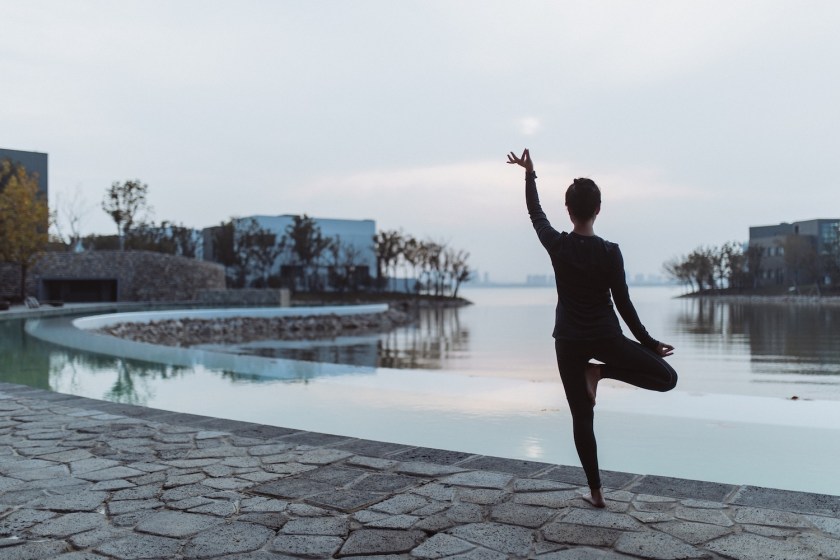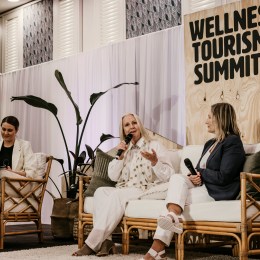The annual Global Wellness Summit (GWS) brings together over 600 people from 50 nations each year, so it’s no surprise that the reports that are released during the months following the summit are extremely relevant and act as a ‘wellness bible’ for our industry. One of the most anticipated ones is the GWS’s Wellness Trends Report, which was presented in New York City this week.
The full report is 110 pages long and includes provocative new directions the authors feel will have the most meaningful—and not fleeting—impact on the $4.2 trillion global wellness industry. We sum up the GWS’s ‘8 Wellness Trends For 2019’.
1. Well Fashion – Way Beyond Athleisure
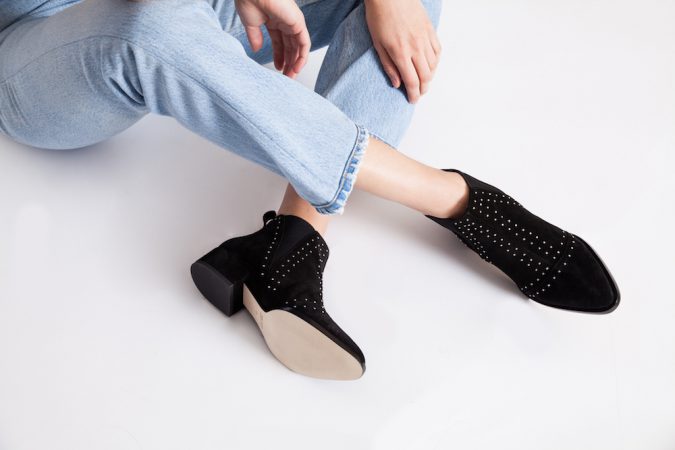
It’s impossible to overstate the disastrous effect that the “take-make-dispose” fashion industry has on the environment and humans: workers paid 50 cents an hour, three in five garments bought getting chucked within a year, and an industry spewing 1.2 billion tons of greenhouse gas emissions annually. If nothing changes, fashion will eat up over 25 percent of the world’s entire carbon budget by 2050!
We’ll see radical innovation in sustainable textiles, with clothing/shoes made from recycled plastic bottles, algae, mushrooms and food waste. More vegan, cruelty-free fashion, with alt-fur, alt-leather, alt-everything collections that are trendier than the real thing. New AI and 3D design technologies mean the future is an on-demand, custom-created-for-you wardrobe (vs. spray-and-pray, generic overproduction). If manufacturing is a mean, faceless business, more ethical fashion brands will provide transparency into how they treat—and even celebrate by name—the artisans that created your wardrobe.
2. Wellness Takes on Overtourism
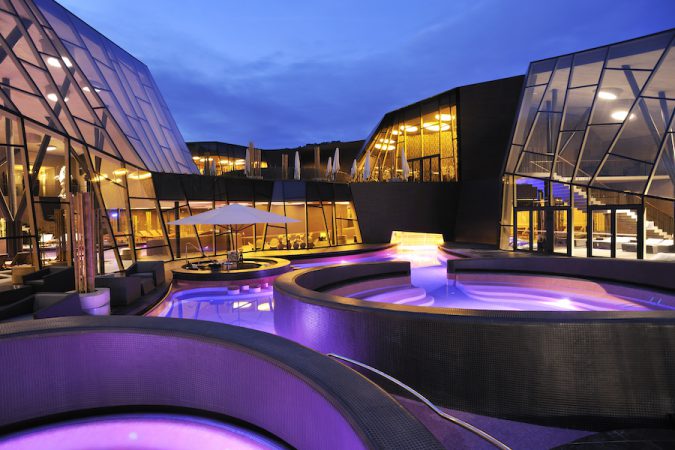
Roughly half of all travelers go to just 100 global destinations; everyone wants to see the Mona Lisa and Machu Picchu, the Ginza in Tokyo and Venice’s canals. The damage to those destinations’ infrastructure and environment (and to their residents’ lives) is a terrible wellness issue: from pollution and noisy, garbage-filled landscapes to the destruction of local heritage and culture to pricing locals out of the property market.
It will take a full-court press of solutions from governments and tourism boards—and a real consumer mindset change—to attack overtourism and start spreading travelers to alternative regions and attractions. Wellness tourism will be one key antidote: Not only are the majority of wellness resorts, by nature, in nature (off the crowded, beaten path) but now a growing number of national tourism boards are smartly launching initiatives to combat overtourism (and reduce seasonality) by developing new wellness destinations.
3. Meditation Goes Plural
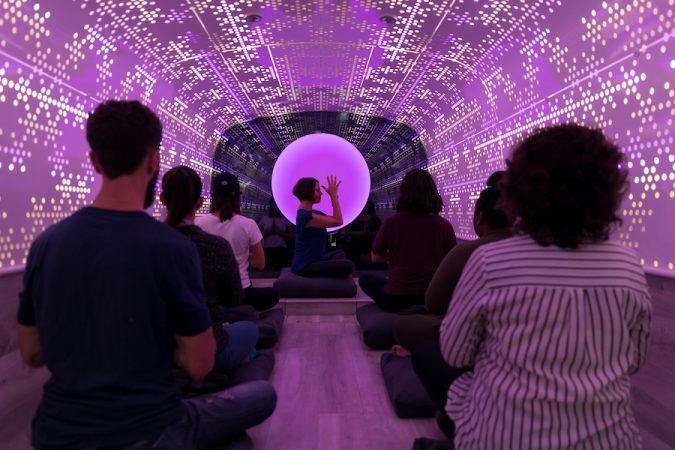
Meditation will evolve from a singular to a plural practice, from a generic concept to understanding specific types and their unique brain impacts, just as this explosive market blooms—like yoga and boutique fitness before it—into many varieties. If it sometimes feels like we’ve reached peak mindfulness and meditation, we haven’t. After years of talk, now people are actually doing it (i.e., it’s the fastest-growing health trend in the US).
Meditation will “go plural” in a whole other way. If you used to take that “meditation class,” now ancient and modern varieties will multiply in 2019—whether straight-out-of-Europe sophrology (marrying Eastern meditation practices with Western relaxation concepts) or Kundalini yoga (an ancient, spiritual mash-up of chanted mantra, breathing techniques and movement). “Mindful fitness” brands will surge, where you move with intention or where workouts work in meditation sessions—just as mindful spa experiences will get more creative. More mindful apps and new drop-in meditation studios and wellness centers/clubs (all booming) will become one-stop shops with jaw-droppingly full meditation menus.
4. Prescribing Nature
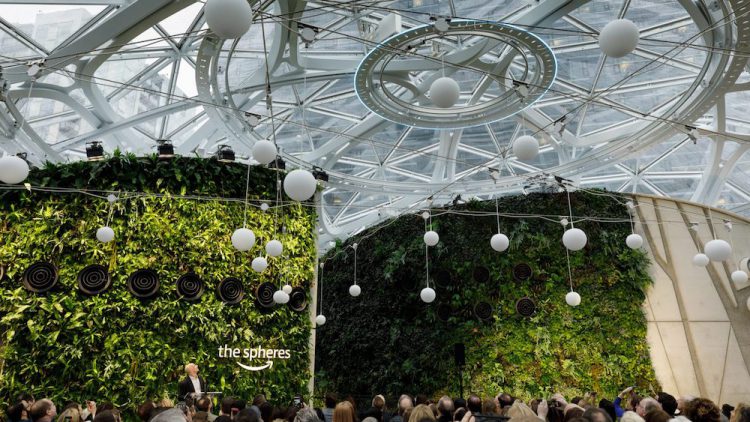
Imagine going to your doctor, and instead of a prescription for some pharmaceutical, you received a prescription for a 30-minute walk in nature. This is not far-fetched. Put down the Prozac and pick up your walking shoes. This is happening all over the world, and it’s only going to become more prevalent. A growing number of doctors are “medicalising nature” because of the medical evidence for its benefits.
A study by the European Society of Cardiology found that a brisk walk outdoors daily for 25 minutes could add at least three years to your life to others finding it helps repair DNA and reduce the risk of heart disease, diabetes, osteoporosis and certain cancers. It’s powerful medicine for our minds too, with studies indicating walks in nature engage the “default mode” brain network associated with stress-reduction and a boost in cognition, creativity and short-term memory.
5. MediScent: Fragrance Gets a Wellness Makeover
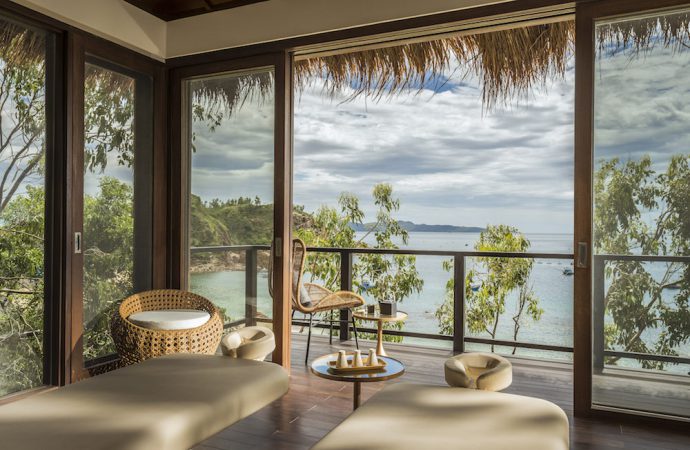
The sense of smell is having a wellness renaissance. Once dismissed as the least relevant of the five senses, today, evidence-based studies around scent’s powerful impact on our physical and emotional wellbeing are being released fast and furiously. At the same time, new aromas are being discovered, including Glossier You’s personalized perfumes to enhance your own skin’s scent. New scent-based applications and products are being announced, such as Aeroscena’s gel pods diffusers that are used not only for feel good, functional scents in homes and offices but are also being tested as alternatives to pharmaceuticals in medical trials. And there is much innovation in how we harness the power of scent, such as Scentee’s smart diffuser that lets you change up scents from your smartphone.
We expect that the neuroscience of scent will become more pervasive in everything we do, and fragrances will be used in ways we would never have dreamed of—both in public and personal spaces.
6. China – Uncovering the Wealth in Wellness
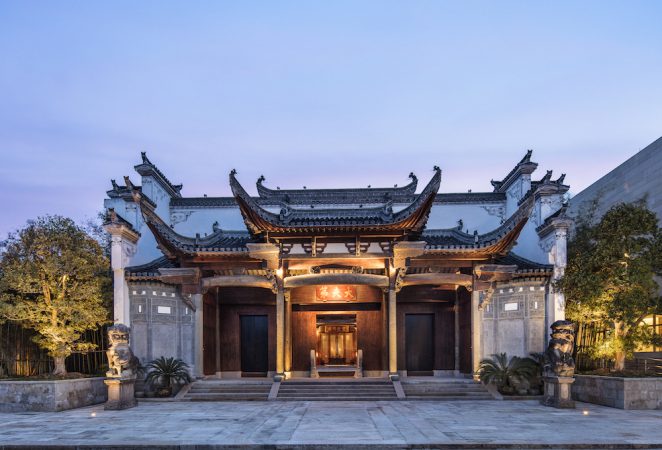
No country will have a bigger impact on the future global wellness economy than China, suddenly an economic, political and tech powerhouse. To grasp this impact, you have to expand your brain’s notions of scale. With a population of 1.4 billion, China’s middle class will skyrocket from 430 million today to 780 million by 2025. The country already drives more than half of all global e-commerce. Wrap your mind around China’s outbound travel growth, which has expanded 20-fold since 2000—now at 145 million international trips annually, to rise to 200 million in two years, and then doubling to 400 million by 2030 (when China will represent 30 percent of the entire international travel market).
China is undergoing a wellness (and beauty) revolution; one could cite hundreds of stats. Over 70 percent of its middle class exercise regularly and purchase organic food, 104 million Chinese have at least one fitness app on their phones, and China accounts for 41 percent of all global cosmetic procedures. Chinese tourists will rewrite the wellness travel market: They’re now rejecting the old shopping/sightseeing tours to embrace authentic cultural and wellness experiences. (China is the fastest-growing wellness tourism market, jumping to third globally in lightning-fast time).
7. Nutrition Gets Very Personalised
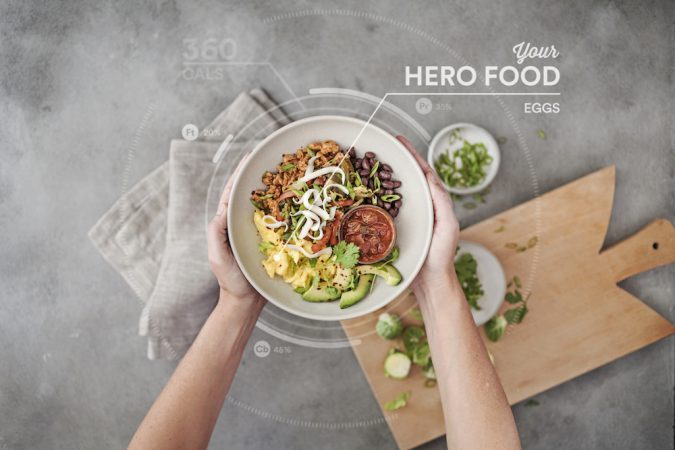
What we put in our bodies—whether it’s food, drink or supplements—has never been more scrutinised. Many would argue that this obsessional focus—from where our food is sourced to its nutritional content to the rise of vegan, dairy-free and gluten-free diets to the growing food tribes of keto, paleo and the like—has led to a healthier population. Not if your mind boggles every time you consider putting something in your mouth, or you’re not getting the nutrients your body needs because you’ve limited certain foods, or if your weight yo-yos every time you try the “next, best” weight loss experiment.
Enter the age of personalized nutrition where science, low-cost medical testing and new technologies identify what foods are right just for us—not only for weight management but, more importantly, to boost overall health and wellbeing. This includes companies such as Habit and Nutrigenomix, which rely on blood and DNA analyses to specify what foods are right for you. Or companies such as Baze that focus solely on helping individuals meet their personal nutritional needs (appealing to specific food tribe members who are worried they aren’t getting all the right nutrients) by providing supplements based on blood work conducted every three months.
In the near future, we will know much more about what the enormous ecosystem inside each of us is telling us, including how much exercise you really need to how our bodies react to specific nutrients. Fad diet confusion, new tech, and the “power of me” will propel personalised nutrition into the mainstream.
8. Dying Well

If until the early 20th century people died at home surrounded by loved ones, Western medicine has since made it a coldly clinical affair in a hospital or nursing home. The funeral industry then co-opted the management of our dead, and with a decline in formal religion, healing communal rituals got lost. And two very modern forces are complicit in exacerbating the death-denial problem: a Silicon Valley biotech industry that aims to “cure death” and radically extend life—and the wellness market itself, with its endless don’t-age, never-die messages. But suddenly a “death positive” movement is here with everything around death and dying getting rethought through a more “well” lens: from making the dying process more humane to the radical reinvention of the memorial and funeral to active death exploration/acceptance practices becoming part of a mentally healthy life.
Death doulas, wellness practitioners that fill that yawning gap in care between medicine and hospice, families and fear—and who are dedicated to delivering better, more meaningful and peaceful deaths—are gaining serious traction around the world. With rising evidence for psychedelic magic mushrooms’ power to relieve the emotional distresses of those facing end-of-life, psilocybin looks to be a bigger part of the future “dying well” toolbox (and researchers predict it could become legal medicine in five years). Funerals are becoming less gloomily formal, fixed and funereal and more deeply personal: from the rise of celebratory “living funerals” to the return of the creative home funeral.

